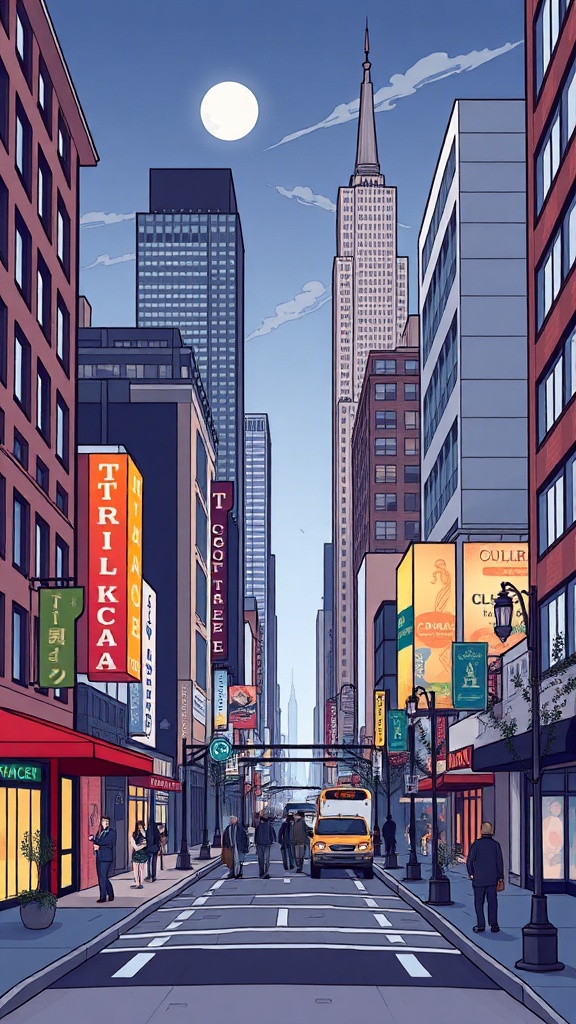Why Tribeca continues to captivate
Tribeca remains one of Manhattan’s most distinctive neighborhoods, blending a quiet residential feel with cultural energy. Once an industrial district of warehouses and shipping lofts, it evolved into a magnet for artists, filmmakers, and families drawn to its high ceilings, cast-iron architecture, and cobblestone streets. The result is a neighborhood that feels both historic and quietly luxurious.
Cultural draw and events
The neighborhood’s signature cultural pulse comes from a major film festival co-founded by well-known figures from the film world.
Beyond premieres and red carpets, the festival programs outdoor screenings, panel discussions, and family-friendly programming that spill into the neighborhood, energizing local restaurants, bars, and shops.
Year-round, a compact network of galleries and independent cinemas keeps the creative community active, while pop-up events and neighborhood fairs add layers of discovery for visitors and residents alike.
Dining, shopping, and weekend life
Dining in Tribeca ranges from casual neighborhood staples to innovative chef-driven restaurants. Longstanding brunch spots share blocks with refined tasting-menu experiences and artisanal bakeries. Boutiques and design shops line quieter side streets, offering curated home goods, fashion, and specialty stores. A popular farmers market brings seasonal produce, baked goods, and prepared foods to the neighborhood on weekends, reinforcing Tribeca’s reputation as a place where food culture is local and thoughtful.

Parks, waterfronts, and family appeal
Tribeca benefits from proximity to the Hudson River Park, providing miles of waterfront paths, green spaces, and recreation.
Small neighborhood parks—some tucked between loft buildings—offer playgrounds and shaded benches that make the area unexpectedly family-friendly. The streets themselves, often quieter than many downtown neighborhoods, attract parents who appreciate a walkable environment with easy access to schools and enrichment programs.
Architecture and real estate
One of Tribeca’s most recognizable features is its adaptive-reuse architecture: former factories and warehouses transformed into lofts, galleries, and boutique hotels. Exposed brick, oversized windows, and high ceilings characterize many residences, appealing to buyers and renters seeking character-driven spaces. While the neighborhood is known for its premium housing market, the variety of buildings means options exist for different tastes—from loft apartments to townhouse conversions.
Getting around and practical tips
Tribeca is highly walkable and well-connected to the rest of Manhattan by public transit and water ferries. Many parts of the neighborhood are best explored on foot; wandering the cobbled side streets reveals hidden courtyards, art galleries, and local cafés.
For a calmer experience, visit during weekday mornings or late afternoons when the streets are less crowded and light spills beautifully into loft windows—ideal for photographers and architecture enthusiasts.
Why people keep coming back
Tribeca’s blend of calm residential streets, cultural vibrancy, and culinary excellence gives it staying power.
Whether you’re attending a festival event, dining at a neighborhood bistro, or simply strolling the waterfront, the area offers a layered urban experience: quietly historic, distinctly creative, and unmistakably New York.